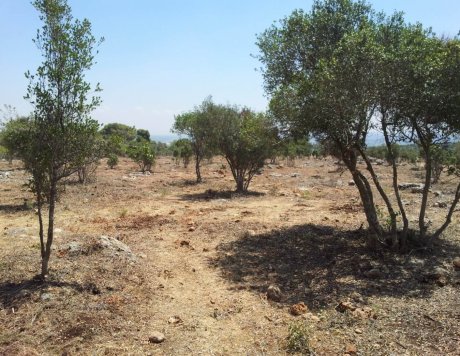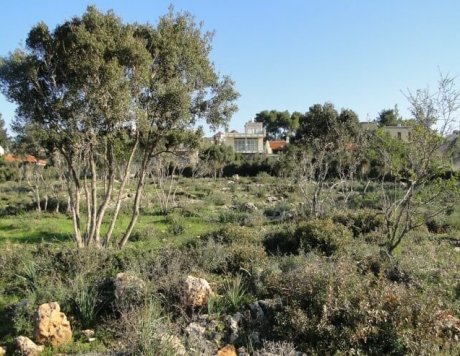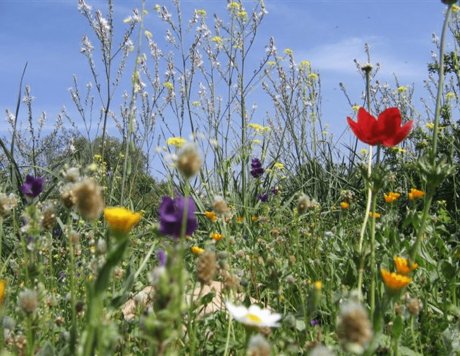In May 1980, a large fire broke out near Ramat Hanadiv, spreading from the chicken coops of Kibbutz Ma’ayan Zvi to the north of the park, and burned about 50% of the park’s current area.
Following this fire, the issue of open landscape management in general, and fire prevention in open landscapes in particular, gained the attention of Ramat Hanadiv’s Management. In the late 1980s cattle grazing was introduced to the park alongside thinning of the woody vegetation.
In parallel to the activities in the park, research studies were initiated to examine the effect of the fire on the ecosystem, and to develop tools for preventing the next fire, or at least minimising its damage.
The firebreak model offers an opportunity to prevent the spread of forest and woodland fire to communities, or from communities to the park, by breaking the horizontal and vertical continuity of the vegetation in the contact zones between the community and the open landscape. This is done by massive







